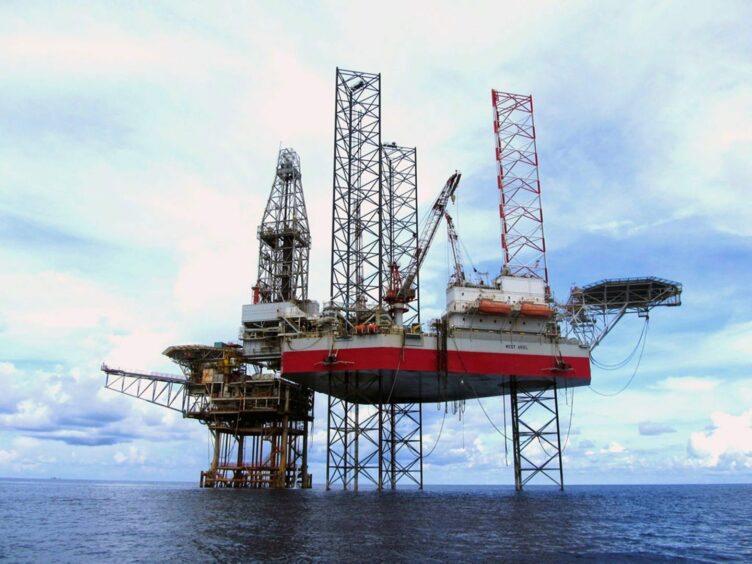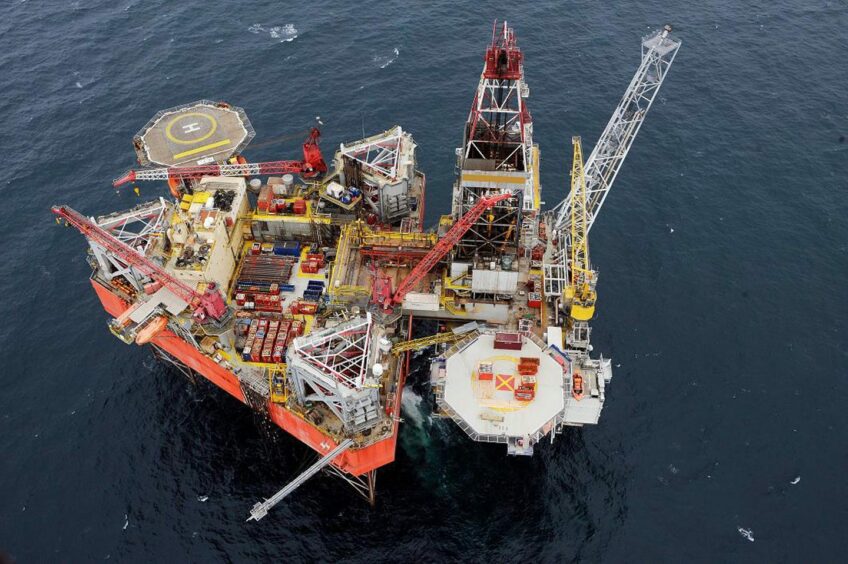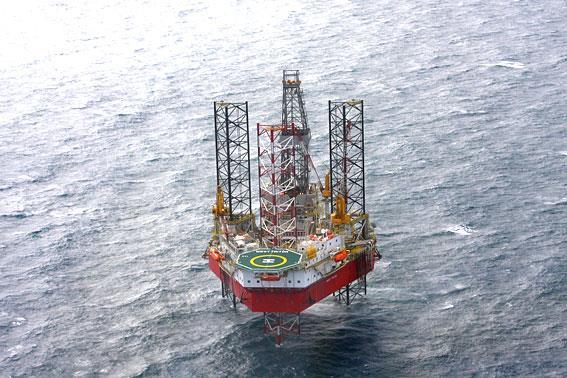
Seadrill’s (NYSE: SDRL) chief executive is bullish about the company’s future after a period of “strategic repositioning”, in which it emerged from Chapter 11 bankruptcy.
Simon Johnson believes the offshore drilling contractor is ready to capitalise on a “strong market”, with the opportunity to “realise further value for the shareholders”.
But he questioned the UK Government’s “confused” North Sea policy, describing it as “totally at odds” with efforts to stoke activity and maintain jobs.
Publishing its full-year results on Wednesday, Seadrill reported adjusted ebitda of $265 million, towards the top end of previous guidance.
Of that, around $41m came in the final quarter.
In February 2022, the Bermuda-headquartered company surfaced from Chapter 11 bankruptcy, after around a year in insolvency, a common route taken by contractors during the latest downturn.
Towards the end of the year, it announced plans to acquire rival rig owner Aquadrill, a deal Johnson says will be “very powerful” going forward.
He added: “It gives us is near term exposure to the developing rig market. The West Polaris, as it is due to be renamed when we take it back into the fold, is one of the first units that will be available from the Aquadrill fleet. It’s operating in India currently, but we’re seeing a lot of opportunities for that unit right now, and a very attractive day rate.”
“There have been criticisms that we don’t have enough rigs available right now, so that helps us with that issue, that we faced as a standalone.”
Streamlining operations and ‘kissing frogs’
A key focus for Seadrill now is “cleaning up” its drilling fleet, including offloading non-core assets in order to “harvest economies of scale”.
In 2020 it flogged the West Epsilon jack-up, renamed the Well-Safe Protector, to Well-Safe Solutions, with the rig now plugging wells in the North Sea.
There is “no mad rush” to sell off vessels though, says Johnson, as the company surveys the market and waits for the right time to execute.
In a similar vein, the company plans to reduce the number of countries and markets it operates in, with a key focus on the ‘golden triangle’ – Brazil, West Africa and the Gulf of Mexico.
He is keeping the door open on further acquisitions though, with “a lot out there that could potentially be of interest to us”.
Johnsons added: “For us, it needs to be an accretive transaction – that’s a critical requirement – and sometimes you have to kiss a lot of frogs. But we’re also equally looking at divestments as well, and our fleet composition needs some further refining.”
Market heading ‘upwards and to the right’
Looking across the global drilling market more generally, Johnson sees a clear trajectory, one that is “upwards and to the right”.
Day rates for securing rigs have been steadily rising in the last couple of years, with higher oil and gas prices sparking a procession of projects across the globe.
Moreover, after an industry downturn that led to mass consolidation of drillers, and older units sent to the scrapheap, vessels are in short supply.
Johnson said: “The duration and the trajectory of this upcycle is always arguable, but the up swelling in demand, and extremely inelastic supply, leads to an inevitable conclusion.”
Take lessons from Norway
One region that could feel the sharp end of a lack of available rigs is the UK, with fears that the current North Sea windfall tax is driving units away.
Oil and gas producers are currently grappling with a 75% headline rate of tax, the result of Westminster’s energy profits levy, and projects are being shelved as a result.
There have been repeated warnings that the situation is causing contractors to send their units overseas – where there are longer projects pipelines and higher day rates – threatening the UK’s energy security drive.
Johnson, a veteran of other drilling firms including Diamond Offshore, Noble and Borr Drilling, said: “There’s been a lot of confused policy by the UK Government frankly, and that has scared investment away from the UK.
“You need look no further than Norway to understand the difference. There you have an industry that is aligned with the government of the day, with a tax relief programme that has stimulated activity and provided jobs for offshore workers, and given the offshore drilling companies and their customers the confidence to remain in that market long-term. The UK is completely at odds with that environment.”
Recommended for you


 © Supplied by Seadrill
© Supplied by Seadrill © Supplied by Well-Safe Solutions
© Supplied by Well-Safe Solutions © SYSTEM
© SYSTEM © Supplied by Seadrill
© Supplied by Seadrill